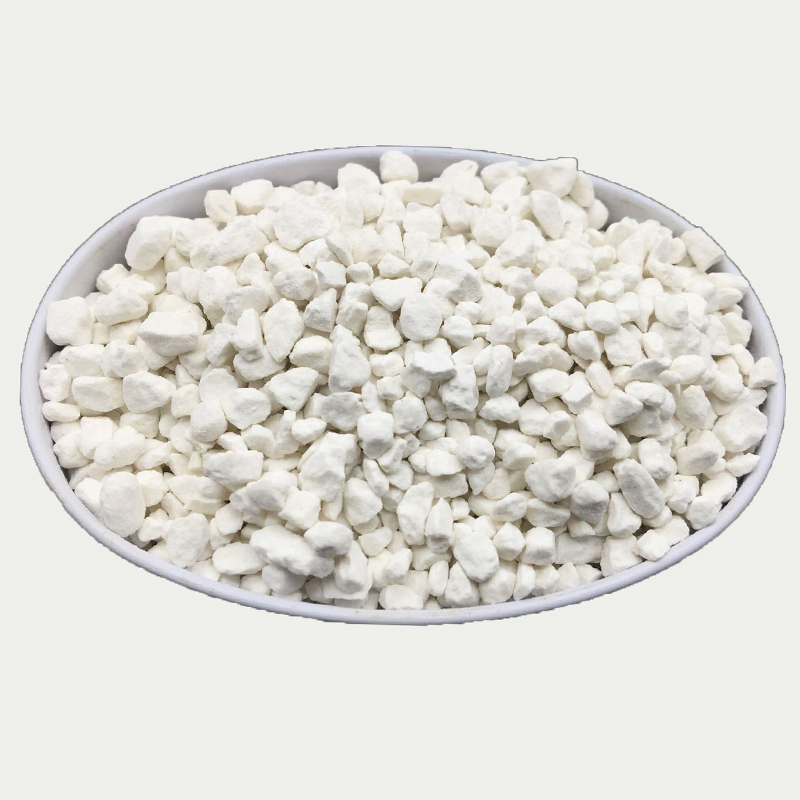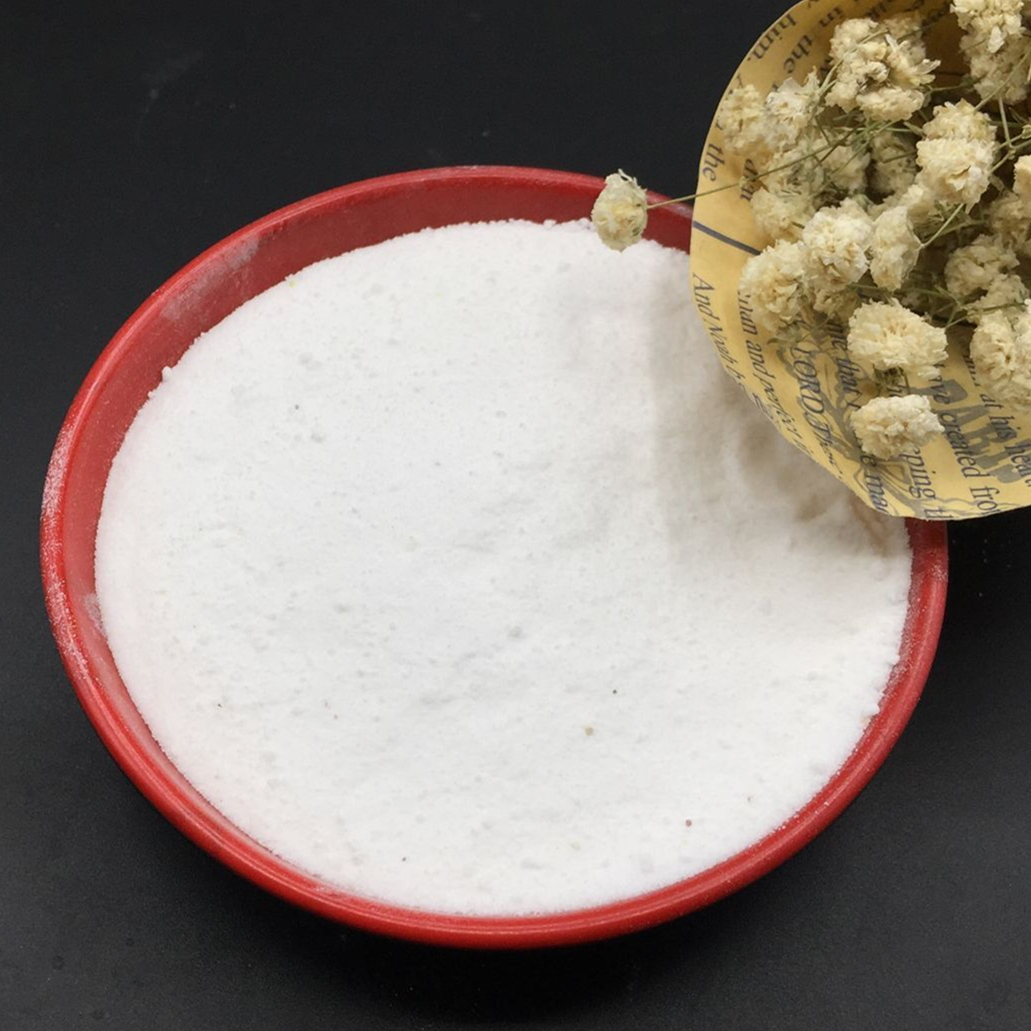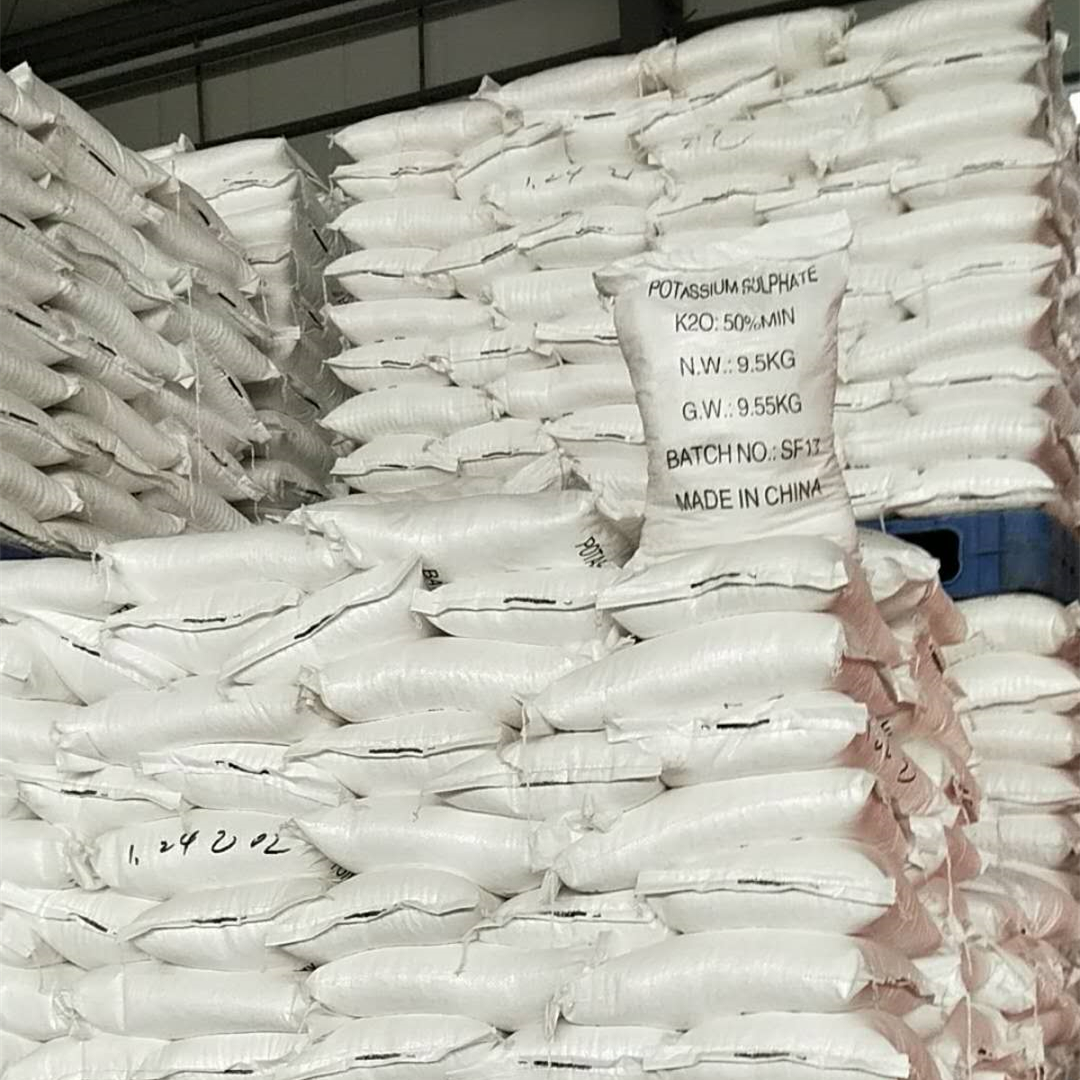
Aug . 26, 2025 01:00 Back to list
10 10 10 Organic Fertilizer: Balanced NPK for Healthy Plants
Navigating the Organic Landscape: Understanding 10 10 10 fertilizer organic Solutions
In the dynamic realm of modern agriculture, the demand for sustainable and high-performance nutrient solutions continues to escalate. Agricultural professionals are increasingly seeking formulations that not only deliver essential nutrients but also enhance soil health and minimize environmental impact. A prominent solution in this sphere is the 10 10 10 fertilizer organic formulation, a balanced NPK (Nitrogen-Phosphorus-Potassium) blend designed to support robust plant growth across various stages.
This comprehensive guide delves into the technical intricacies, application advantages, and market dynamics surrounding organic 10-10-10 fertilizers. We aim to provide B2B decision-makers, agronomists, and procurement specialists with the authoritative insights necessary to make informed choices for their operations, from understanding the manufacturing process to evaluating customization potential and real-world efficacy.
Industry Trends & Market Evolution for 10 10 10 NPK Fertilizer
The agricultural sector is undergoing a significant transformation, driven by consumer preferences for organically grown produce, stringent environmental regulations, and a deeper understanding of soil microbiology. The market for 10 10 10 NPK fertilizer, especially its organic variants, is experiencing steady growth. Data from recent market analyses indicate a Compound Annual Growth Rate (CAGR) of approximately 8-10% for the organic fertilizer segment globally, with projections reaching billions of dollars by the end of the decade. This growth is fueled by several factors:
- Sustainable Agriculture Practices: A shift towards farming methods that reduce chemical inputs, conserve biodiversity, and improve soil fertility long-term.
- Organic Certifications: Increasing land area under organic cultivation, necessitating OMRI-listed or equivalent certified organic inputs.
- Soil Health Emphasis: Recognition of the critical role of organic matter and microbial activity in nutrient cycling and plant resilience.
- Consumer Demand: Growing consumer awareness and willingness to pay premiums for organic food products, driving demand up the supply chain.
This trend underscores the strategic importance of investing in high-quality organic fertilizer solutions like the 10 10 10 fertilizer organic blend, which offers balanced nutrition while aligning with ecological principles.

Manufacturing Process of 10 10 10 Organic Fertilizer
The production of a high-quality 10 10 10 organic fertilizer is a meticulously controlled process designed to ensure nutrient consistency, stability, and efficacy. Unlike synthetic fertilizers derived from chemical synthesis, organic formulations rely on natural source materials and biological processes. The general process flow is as follows:
1. Raw Material Sourcing & Pre-processing
Organic nitrogen sources like feather meal (12-0-0), blood meal (13-0-0), fish emulsion, or composted manures are procured. Organic phosphorus typically comes from bone meal (3-15-0) or soft rock phosphate (0-3-0). Potassium, such as Potassium Sulfate (SOP) granular 52% K2O or langbeinite (0-0-22), is vital for this blend. Materials undergo screening, grinding, and moisture adjustment to ensure optimal particle size and consistency for subsequent blending.
2. Precision Blending & Formulation
Materials are precisely weighed and blended in industrial mixers to achieve the exact 10% Nitrogen, 10% Phosphorus pentoxide (P2O5), and 10% Potassium oxide (K2O) ratio. This step is critical, often involving computer-controlled dosing systems to maintain nutrient homogeneity. Minor elements and beneficial microbes may also be incorporated here.
3. Granulation/Pelletization
The blended mixture is then fed into a granulator or pellet mill. Using binders (e.g., lignin sulfonate, molasses) and moisture, the fine powders are agglomerated into uniform granules or pellets. This enhances handling, reduces dust, and ensures even distribution during application, crucial for achieving consistent nutrient delivery.
4. Drying & Cooling
Post-granulation, the moist granules are dried in rotary dryers to reduce moisture content to an optimal level (typically
5. Screening & Quality Control
The dried granules are screened to ensure uniform particle size (e.g., 2-4 mm). Oversized granules are re-crushed, and undersized particles are recycled. Rigorous quality control testing follows, adhering to standards like ISO 9001. This includes NPK analysis, moisture content, pH, heavy metal screening (e.g., lead, cadmium as per national organic program standards), and microbial activity assessment to guarantee a premium 10 10 10 fertilizer organic product.
6. Packaging & Storage
The finished product is packaged into durable bags (e.g., 25kg, 50kg) or bulk containers, labeled with nutrient analysis, organic certifications, and application instructions. Proper storage in cool, dry conditions maintains product integrity and service life, typically 2-3 years.
This elaborate process ensures that each batch of 10 10 10 fertilizer organic meets the highest standards of purity, consistency, and biological activity, delivering predictable results for growers.
Technical Specifications & Nutrient Parameters
A balanced NPK ratio like 10-10-10 provides a comprehensive nutrient profile critical for all stages of plant development, from vegetative growth to flowering and fruiting. Nitrogen (N) promotes lush foliage, Phosphorus (P) supports root development and flowering, and Potassium (K) enhances overall plant vigor, disease resistance, and fruit quality.
Typical 10 10 10 Organic Fertilizer Product Specifications
| Parameter | Specification | Testing Method/Standard |
|---|---|---|
| Total Nitrogen (N) | 10.0% (min) | AOAC 978.02 |
| Available Phosphate (P2O5) | 10.0% (min) | AOAC 957.02 |
| Soluble Potash (K2O) | 10.0% (min) | AOAC 965.09 |
| Organic Matter | ≥ 30% | Loss-on-Ignition (LOI) |
| Moisture Content | ≤ 10% | Oven Drying Method |
| pH (1:10 solution) | 6.0 - 7.5 | Electrometric Method |
| Particle Size | 2-4 mm (Granular) | Sieve Analysis |
| Heavy Metals | Below NOP/OMRI limits | ICP-MS |
Comparison with Other NPK Ratios
Understanding the difference between various NPK ratios is crucial for targeted fertilization. While 10 10 10 NPK fertilizer offers balanced nutrition, other formulations cater to specific plant needs or soil deficiencies. For instance, 10 20 20 fertilizer is often used for blooming plants or root crops requiring higher phosphorus and potassium, while 10 30 10 fertilizer might be chosen for early root establishment due to its elevated phosphorus content.
| NPK Ratio | Primary Use Cases | Key Characteristics |
|---|---|---|
| 10 10 10 fertilizer organic | General purpose, balanced growth for most crops, soil conditioning, sustained nutrient release. | All-round plant nutrition, improves soil structure & microbial life, ideal for maintenance. |
| 10 20 20 fertilizer | Flowering plants, root vegetables, fruit trees, soil with low P & K. | Promotes strong root systems, abundant blooms, fruit development, and disease resistance. |
| 10 25 10 fertilizer | New plantings, transplants, seed starting, turf establishment. | High phosphorus for early root development and vigorous establishment. |
| 10 30 10 fertilizer | Similar to 10-25-10 but with even higher phosphorus for extreme P-deficient soils or crops. | Maximized early season root growth, essential for crops with high phosphorus demands. |
Application Scenarios & Technical Advantages
The versatility of 10 10 10 organic fertilizer makes it suitable for a wide array of application scenarios across various agricultural and horticultural sectors. Its balanced nutrient profile and organic nature offer distinct technical advantages over conventional synthetic alternatives.
Target Industries & Application Scenarios:
- Organic Crop Production: Ideal for certified organic farms growing fruits, vegetables, grains, and specialty crops that require a consistent, balanced nutrient supply throughout their growth cycle. It ensures compliance with organic standards.
- Horticulture & Nurseries: Used for potted plants, ornamental gardens, and nursery stock, providing the foundational nutrition needed for healthy development and vibrant displays.
- Viticulture & Orchards: Supports the long-term health and productivity of perennial crops, enhancing fruit set, size, and sugar content while improving soil structure around established root zones.
- Lawn & Turf Management: For organic lawn care, this blend promotes dense, green turf and robust root systems without the risk of chemical burn, making it popular for 10 20 20 lawn fertilizer alternatives in organic settings.
- Regenerative Agriculture Projects: A core component in systems focused on rebuilding soil organic matter, enhancing biodiversity, and sequestering carbon.
Technical Advantages:
- Slow-Release Mechanism: Organic nutrients are released gradually as soil microbes break down the organic matter. This provides sustained nutrition, reduces nutrient leaching, and minimizes the need for frequent applications. This contrasts with 10 10 10 water soluble fertilizer which provides rapid but short-lived nutrient spikes.
- Soil Health Improvement: Enhances soil structure, water retention, and aeration by increasing organic matter content. It fosters a thriving soil microbiome, leading to improved nutrient cycling and plant resilience.
- Root Zone Enhancement: Organic compounds like humic and fulvic acids, often present in the base materials, chelate micronutrients, making them more available for plant uptake. This promotes robust root development, vital for nutrient and water absorption.
- Environmental Sustainability: Reduces the ecological footprint of farming by preventing runoff, minimizing groundwater contamination, and supporting biodiversity. It avoids the use of synthetic chemicals and their associated environmental concerns.
- Enhanced Plant Resilience: Plants fed with organic fertilizers often exhibit stronger natural defenses against pests, diseases, and environmental stressors due to improved overall health and nutrient balance.

Vendor Comparison & Customized Solutions
Choosing the right supplier for 10 10 10 fertilizer organic is paramount for consistent quality and reliable supply. A comprehensive vendor evaluation should consider product certifications, manufacturing capabilities, technical support, and customization options. For instance, while some may offer 10 20 20 fertilizer for sale, an organic 10-10-10 requires specialized sourcing and processing.
Key Factors for Vendor Comparison:
- Organic Certifications: Verify OMRI-listing or equivalent national/international organic certifications (e.g., USDA Organic, EU Organic) which guarantee the product meets strict organic input standards.
- Quality Control & Traceability: Robust ISO 9001 certified manufacturing processes and clear traceability of raw materials from source to final product.
- Expertise & Technical Support: Vendors with in-house agronomists or technical specialists who can provide application guidance, soil analysis interpretation, and troubleshooting.
- Customization Capabilities: The ability to formulate bespoke blends based on specific crop requirements, soil test results, or unique growing conditions. This might include variations like 10 26 26 water soluble fertilizer in an organic, slow-release format if a high potassium and phosphorus boost is needed.
- Logistics & Supply Chain: Reliable delivery networks, bulk supply options, and consistent product availability.
Customized Solutions:
Leading manufacturers understand that one-size-fits-all solutions are rarely optimal. Custom organic fertilizer formulations can significantly improve efficiency and yield. This often involves:
- Soil-Specific Blends: Adjusting NPK ratios and micronutrient profiles based on detailed soil analysis to address specific deficiencies or excesses.
- Crop-Specific Formulations: Tailoring nutrient release curves and compositions to match the physiological demands of particular crops at different growth stages.
- Enrichment with Bio-stimulants: Incorporating beneficial microbes, humic acids, or seaweed extracts to further enhance nutrient uptake, stress tolerance, and plant vitality.
Application Case Studies & Customer Experience
The tangible benefits of utilizing 10 10 10 fertilizer organic are best illustrated through real-world applications and documented success stories. These cases highlight the consistent performance and positive impact on crop health and yield.
Case Study 1: Organic Vegetable Farm in California
- Challenge: A 200-acre organic vegetable farm experienced inconsistent yields and declining soil organic matter despite using various organic amendments.
- Solution: Switched to a granular 10 10 10 fertilizer organic blend, applied pre-plant and as a side-dress.
- Results: Within two seasons, soil organic matter increased by 0.5%, measurable improvements in soil tilth were noted, and average yields for leafy greens and bell peppers increased by 15-20%. Crop quality, including Brix levels in tomatoes, also saw a significant improvement. The farmer reported reduced instances of nutrient deficiencies and enhanced plant vigor, attributing it to the sustained nutrient release and soil-building properties.
Case Study 2: Vineyard in the Willamette Valley, Oregon
- Challenge: A premium organic vineyard struggled with canopy management and optimal fruit set in mature Pinot Noir vines, with soil tests indicating moderate nutrient levels but low microbial activity.
- Solution: Implemented an annual application of a customized 10 10 10 fertilizer organic blend fortified with humic acids and beneficial microbial inoculants.
- Results: Over three years, the vineyard observed more balanced vegetative growth, improved fruit cluster development, and higher yield consistency. Petiole analysis showed better nutrient uptake, particularly for potassium and trace minerals. The wine quality also reportedly improved, with deeper color and enhanced phenolic ripeness, directly linked to healthier vines and soil.

Trustworthiness & Support: FAQ, Lead Time, Warranty
Frequently Asked Questions (FAQ):
- Q: Is 10 10 10 fertilizer organic suitable for all crop types?
- A: While it provides balanced nutrition suitable for a broad spectrum of crops, specific soil tests and crop demands may indicate a need for adjusted NPK ratios or additional micronutrients. Consult with an agronomist for tailored recommendations.
- Q: What are the primary sources of N, P, and K in your organic 10-10-10 blend?
- A: Our organic 10-10-10 typically derives Nitrogen from feather meal, blood meal, or composted plant material; Phosphorus from bone meal or rock phosphate; and Potassium from naturally occurring minerals like langbeinite or potassium sulfate. All sources are OMRI-listed where applicable.
- Q: How does the slow-release nature benefit crop growth compared to 10 10 10 water soluble fertilizer?
- A: The slow-release action of organic 10-10-10 provides a steady supply of nutrients over an extended period, minimizing nutrient leaching and promoting consistent plant growth. Water-soluble fertilizers offer immediate uptake but require more frequent application and have a higher risk of leaching.
- Q: What is the recommended application rate?
- A: Application rates vary significantly based on soil type, crop requirements, current soil nutrient levels (from soil testing), and desired yield targets. General recommendations range from 500-1500 kg per hectare, but a precise soil analysis is always recommended.
Lead Time & Fulfillment:
We prioritize efficient order processing and delivery to support your agricultural cycles. Standard lead times for bulk orders (e.g., >20 MT) of 10 10 10 fertilizer organic typically range from 7-14 business days, depending on destination and order volume. For custom formulations, lead times will be confirmed upon final specification approval. We operate with a robust logistics network to ensure timely fulfillment, with options for expedited shipping available upon request.
Warranty Commitments:
All our 10 10 10 fertilizer organic products are manufactured under stringent quality control standards and are guaranteed to meet the stated NPK analysis and organic certification requirements as per the product specification sheet. Our warranty covers material defects and analytical discrepancies for a period of 12 months from the date of purchase, provided the product has been stored and handled according to our recommendations. We stand by the quality and performance of our formulations.
Customer Support & Technical Assistance:
Our dedicated team of agricultural specialists and customer service representatives is available to provide comprehensive support. This includes pre-sales consultation, detailed product information, post-purchase application guidance, and technical troubleshooting. We offer on-site consultation for large-scale operations and provide continuous support to help our clients achieve optimal results and sustainable practices. Contact us via phone, email, or through our website's support portal for prompt assistance.
Conclusion: Strategic Advantage with 10 10 10 fertilizer organic
The adoption of 10 10 10 fertilizer organic represents a strategic move for agricultural enterprises committed to sustainable practices, enhanced soil health, and superior crop quality. Its balanced nutrient profile, coupled with the inherent advantages of organic matter, positions it as an indispensable tool for modern farming. By understanding its manufacturing precision, technical specifications, diverse application potential, and the robust support offered by reputable vendors, B2B stakeholders can unlock significant long-term value for their operations. Investing in this organic solution is not merely a purchase; it's an investment in the future resilience and productivity of your agricultural endeavors.
References
- United States Department of Agriculture (USDA) National Organic Program (NOP) standards.
- Organic Materials Review Institute (OMRI) product standards and guidelines.
- Journal of Agricultural and Food Chemistry, American Chemical Society.
- International Organization for Standardization (ISO) 9001:2015 Quality Management Systems.
- Food and Agriculture Organization of the United Nations (FAO) reports on sustainable agriculture.
-
Organic 10-10-10 Fertilizer: Balanced NPK for Healthy Plants
NewsAug.27,2025
-
10 10 10 Organic Fertilizer: Balanced NPK for Healthy Plants
NewsAug.26,2025
-
Organic 10-10-10 Fertilizer: Balanced NPK for Healthy Plants
NewsAug.25,2025
-
Premium 15-30-15 Granular Fertilizer for Vigorous Growth
NewsAug.24,2025
-
Organic Amino Acid Fertilizer for Plants | Boost Growth & Yield
NewsAug.23,2025
-
Calcium Ammonium Nitrate (CAN) White Granular Agriculture Fertilizer
NewsAug.22,2025
